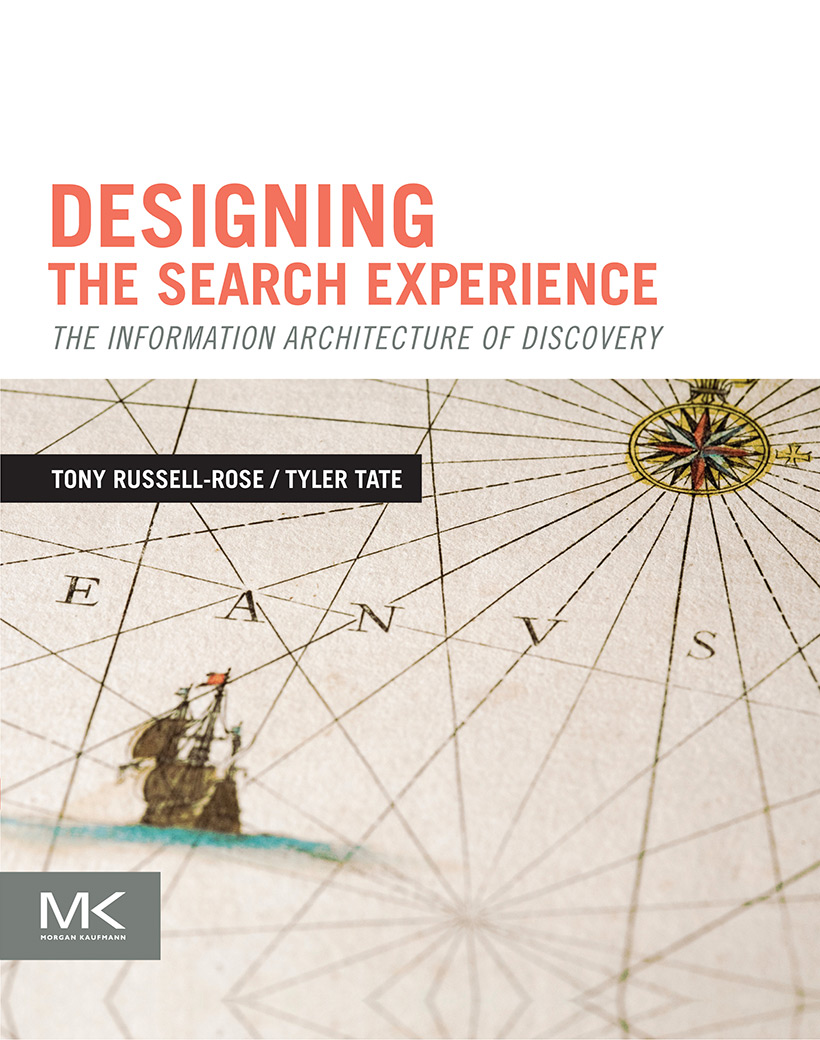A few days ago I posted an article called “Ergonomics, Human Factors, User Experience: changing terms for changing times”, which examined how the usage of these terms has changed across several decades of publications in Google Books. At the time of writing, my concern was focused on a specific issue (namely the decision of the Ergonomics Society to rename itself the Institute of Ergonomics and Human Factors) and with that in mind, along with the interests of brevity, I limited the analysis to just those three terms.
However, it has been pointed out since (quite rightly) that there are many other terms we could consider. For the sake of completeness then, what follows is a brief examination of some of the alternatives.
Of course, deciding which terms to include is in itself a subjective exercise – whichever set I choose, they will to a degree reflect my own world view and understanding of the field. But we have to start somewhere, and the following are perhaps some of the more obvious candidates:
- Usability
- Human Computer Interaction
- User centred design
- Human centred design
- Information architecture
Note that these terms are somewhat more problematic than the original three, due to their lexical variability and the lack of an obvious canonical form. For example, should we consider:
- human computer interaction (in full) vs. HCI (abbreviated)
- user centred design (British English) vs. user centered design (American English)
- user-centred design (hyphenated) vs. user centred design (non-hyphenated)
- User Centred Design (title case) vs. user centred design (lower case)
And so on. All these issues conspire to make the patterns more prone to noise and the results less reliable. But with that caveat in mind, let’s look at each in turn, using the original three as our datum. First, let’s look at usability and HCI. Note that I have chosen to use HCI rather than human computer interaction, as it sidesteps the hyphenisation issue (and, arguably, the capitalisation issue):

We can see that HCI follows a pattern similar to that of Human Factors, with continuous growth until the early 1990’s followed by a gradual decline over the last two decades or so. By contrast, usability displays a sharp rise from around 1990, becoming the dominant term from the mid 1990s onwards. However, the decline in usage over the last half decade or so is also interesting (the peak of 2003 becomes even more apparent if you turn off the smoothing). This is somewhat puzzling… my own subjective perception, for what it’s worth, is that the term usability has developed slightly dated, “ease of use” connotations, which I personally don’t identify with quite as much as I used to. I wonder if the pattern over the last half decade reflects a wider appreciation of this point of view.
Now let’s turn to user centred design and human centred design. I personally don’t tend to use the latter term in everyday language, but recognise the fact that it is preferred by the relevant ISO standards and – surprisingly to me – is also the more common of the two in the Google index. However, this analysis is the most problematic of them all, as it is subject to all the noise issues described above. So again sidestepping the at least one of the issues, we see the following for UCD and HCD:

But I am very sceptical of the value of this analysis. Without some way of conflating the various lexical forms and ignoring capitalisation & so on, we are not going to see a meaningful picture. Moreover, a cursory analysis of the results returned for these terms on Google Books shows several different meanings or senses for UCD, and many more for HCD. To make this analysis meaningful we need some way to perform accurate word sense disambiguation and/or cluster the results accordingly.
I am also somewhat sceptical about the value of including information architecture in this analysis. For sure, it is a term currently used within the digital community to describe the application of the principles of user centred design to the development of information-rich websites and applications. But the term was in use long before the web was invented (notably by the software industry), and I think the pattern we see in the following chart could well reflect its provenance in other disciplines:

Now let’s try a different analysis. If Google Books represents the “supply” side, i.e. content creation, what is the corresponding picture from the “demand” side, i.e. the content consumption? For this we can use Google Trends, which allows us to see how often certain topics have been searched for on Google over time (and also how frequently these topics have appeared in Google News stories). Applying the same query to Google Trends produces the following result, with the y-axis showing the average worldwide traffic for all five terms normalised by the dominant term (usability), and the x-axis showing the time period for which data is available. Note that Google Trends flattens its queries to lower case, thus eliminating one of the noise sources mentioned above. But it clearly cannot differentiate between the different senses for each of the acronyms, and for that reason in this analysis I chose to express the queries in their full British English form:

Clearly, usability remains the dominant term throughout, followed by information architecture and human computer interaction. I don’t think we can conclude much more than that without being able to magnify the scale and properly address the noise issues outlined above.
However, there are two other interesting patterns in these results. First, notice that all queries appear to be declining monotonically throughout the time period. Why is this? I think the answer may lie in the interpretation of the y axis: note that this value is actually the proportion of queries, not their absolute value. So this may reflect a gradual sophistication of user search behaviour on the web, in that queries are becoming ever more diverse as new terms are introduced and average query length increases. This is no doubt facilitated by novel UI features such as Google Instant, which faciliate the expression of longer queries. In other words, although usage of each of the queries above may be growing in absolute terms, they are nonetheless decreasing as proportion of overall web traffic. Unless Google Trends discloses absolute values for search terms, we can never know for sure.
But the more interesting pattern is the spikes in the distribution of the term usability that seem to appear midway through the final quarter of each year. What is causing these? My own hypothesis was that this could be related to World Usability Day, which since 2005 has occurred annually on the second Thursday in November. Indeed, a closer examination of the trends for each individual year does indicate a strong correlation, which appears to be borne out by the topics covered in the news stories associated with each spike. If so, it is reassuring to know that initiatives such as this do indeed appear to be having a global effect(!)
As a final datum, we should of course consider how frequently the various terms appear in the Google index itself (i.e. across the Internet). Would the patterns from Google Books be reflected across the web in general? Querying Google with each term in turn returns the following results (in descending order):
- “usability” About 21,100,000 results
- “human computer interaction” About 2,180,000 results
- “information architecture” About 1,850,000 results
- “user centred design” About 131,000 results
- “human centred design” About 61,800 results
So what can we conclude from the above? My own feeling is that it was a worthwhile exercise considering these additional terms, for the sake of completeness if nothing else. And the observations about sophistication of user search behaviour and the spikes due to promotional events such as World Usability Day are also interesting. In addition, this analysis has revealed two other, unanticipated insights, in the form of suggested extensions to the Ngram Viewer:
- The ability to control case sensitivity and conflate common lexical variations, e.g. due to hyphenation and so on
- The ability to cluster results around the different senses for each term
Of course, word sense disambiguation is an issue that has challenged some of the best minds in NLP for several decades, so I’m not expecting overnight results here. But robust methods for document clustering are eminently available, and I can think of all manner of ways such techniques could be applied to improve the Ngram Viewer experience and in so doing provide some intriguing visualisation possibilities.
I also have some initial thoughts about how to develop further insight into the context in which terms are used, which may allow us to dig a little deeper below the surface. I hope to post something about this in the next few days. In the meantime, if you have any suggestions or extensions you’d like to see, by all means let me know either here or by email.
Related Posts:
- Ergonomics, Human Factors, User Experience: changing terms for changing times
- The Ergonomics Society and the Digital Blind Spot
- User Research Plans for the Ergonomics Society Website
- The Dimensions of Search User Experience
- User Interface Design Patterns for Search & Information Discovery
Read Full Post »











